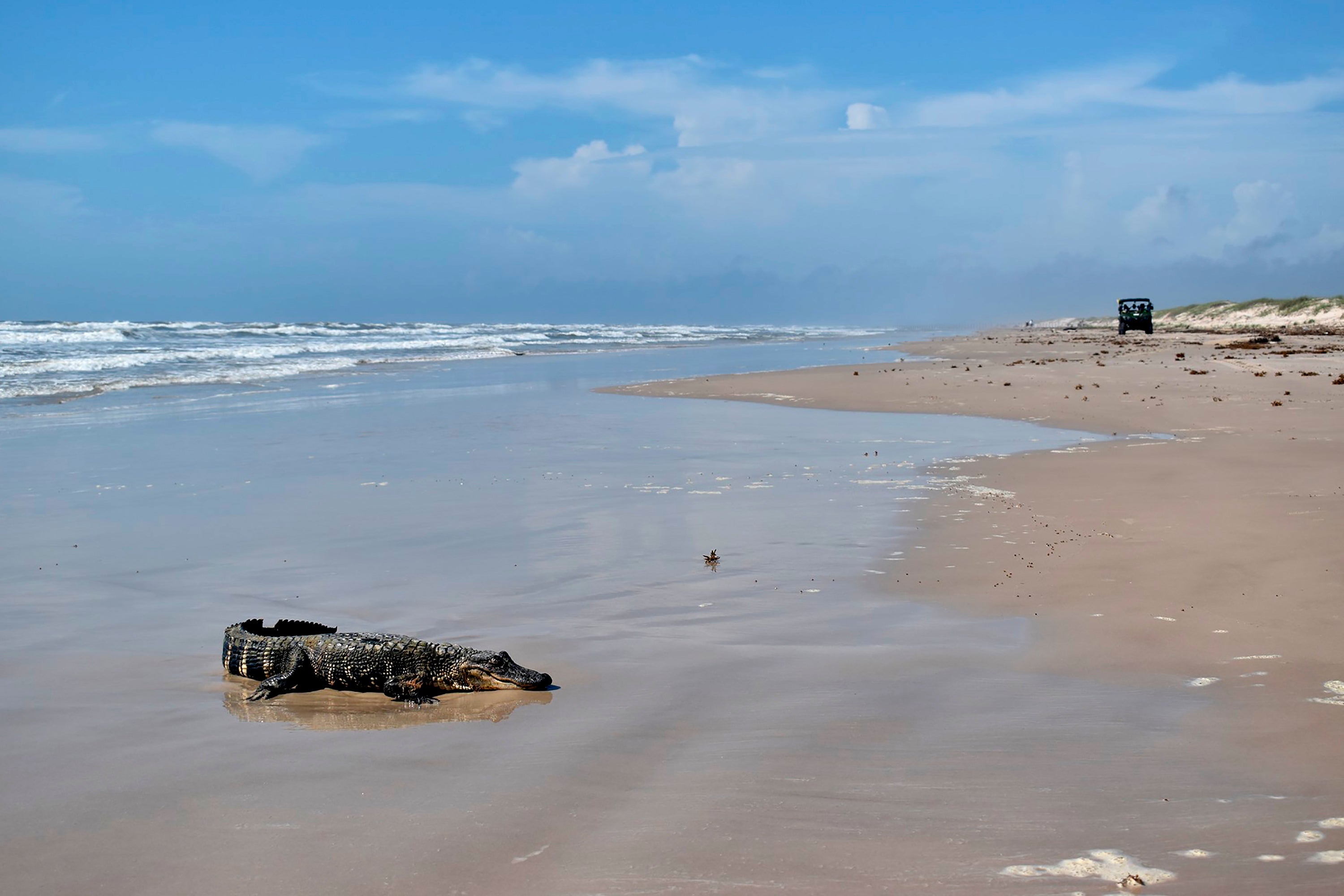Louisiana gator swaps swamp life for Texas beach getaway
A young alligator traced to the Louisiana bayous traded swamp scum for a sandy Padre Island beach in South Texas

A young alligator traced to the Louisiana bayous traded swamp scum for a sandy Padre Island beach in South Texas.
In an unusual spin from “Jaws,” the gator showed up Monday on Malaquite Beach, about 25 miles (40.23 kilometers) southeast of Corpus Christi, Padre Island National Seashore officials said in a Facebook post.
National Park Service rangers found it and checked its tail notch and tags on its rear feet to determine it had come from Louisiana.
How it got to South Texas remains a mystery, but its spring break ended abruptly as rangers took it to a rehabilitation center to recover from its journey.
While alligators can tolerate saltwater for a few hours or even days, they are primarily freshwater reptiles living in swampy areas, rivers, streams, lakes, and ponds, according to a National Oceanic and Atmospheric Administration website.